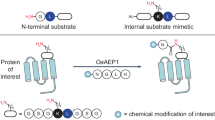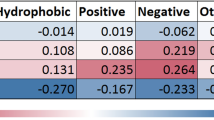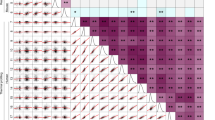Abstract
In this essay we attempt to reconsider the concept of the “Leucine Zipper” (LZ) protein oligomerization motif. Reasoning on the wealth of existing data, we suggest that despite of the structural similarity with highly stable extended “Coiled Coil” motifs, on the functional level short and moderately stable “Leucine Zippers” might stand out as a distinct group. Namely, this family of oligomerization motifs facilitates combinatorial protein-protein recognition in the course of signal transduction events, thus going beyond the structural role of the extended “Coiled Coils”. Summarizing the existing knowledge on stability, specificity and folding of Leucine Zippers we demonstrate how a simple set of rules, applied in the context of the universal coiled coil scaffold, creates a robust LZ interaction vocabulary. Owing to the high abundance of Leucine Zippers, this motif might account for coupling of distinct protein signalling pathways into a unified intracellular signalling network. In the last part of this essay we provide examples demonstrating prevalence of the LZ-mediated signal transduction and illustrate applicability of the “LZ code” formalism to interpret evidences of couplings between cytoplasmic and nuclear signalling networks.
Similar content being viewed by others
Article PDF
Author information
Authors and Affiliations
Corresponding author
Rights and permissions
About this article
Cite this article
Nikolaev, Y., Pervushin, K. Rethinking Leucine Zipper – a ubiquitous signal transduction motif. Nat Prec (2009). https://doi.org/10.1038/npre.2009.3271.1
Received:
Accepted:
Published:
DOI: https://doi.org/10.1038/npre.2009.3271.1



